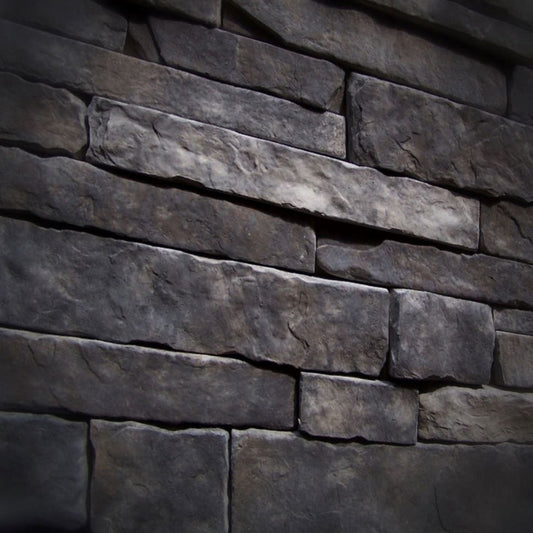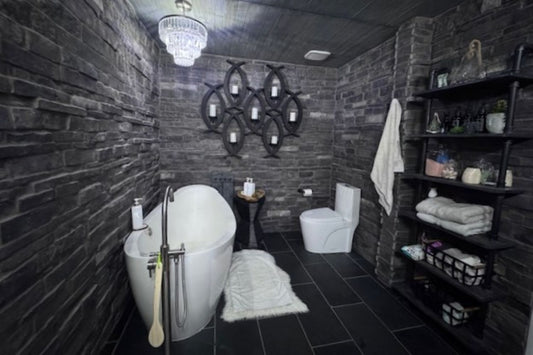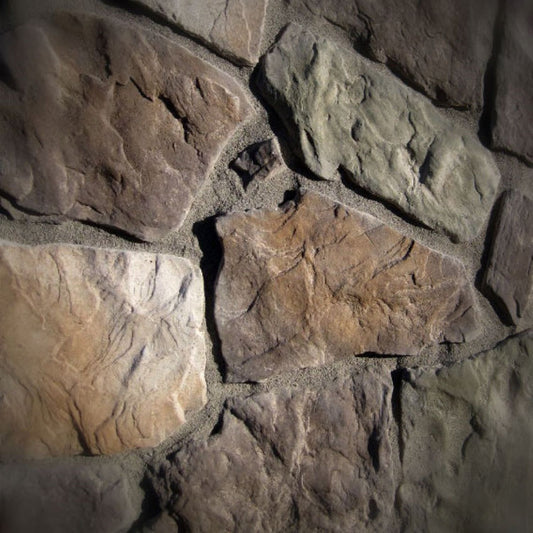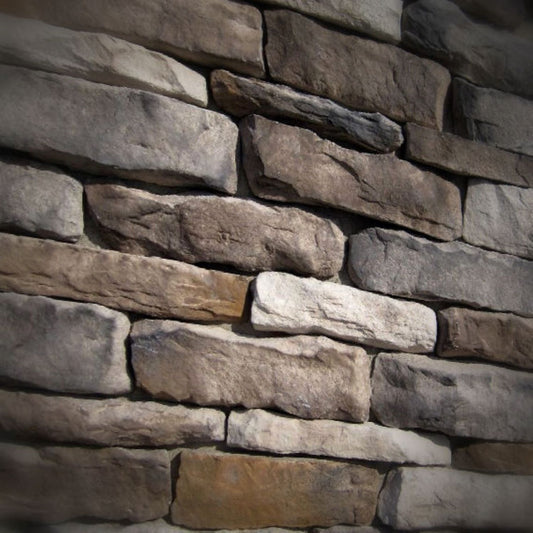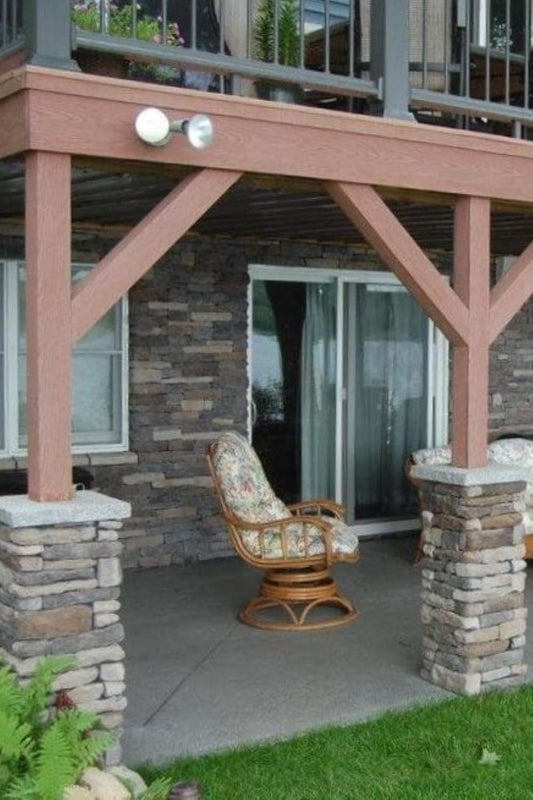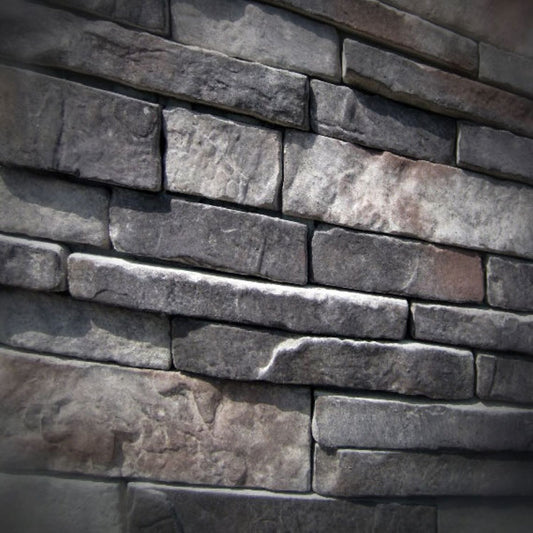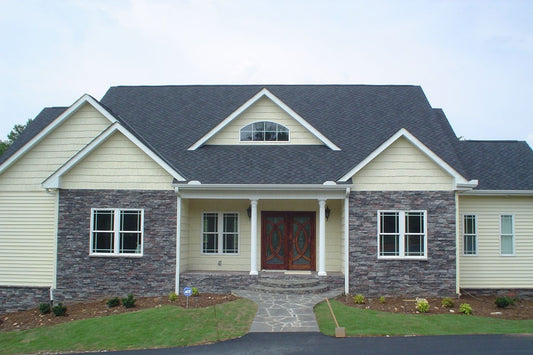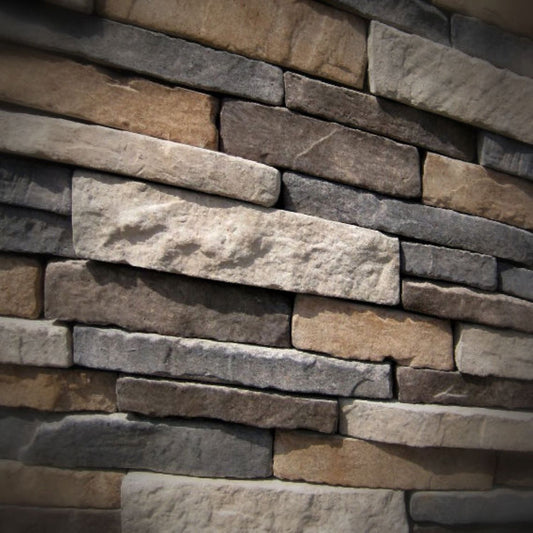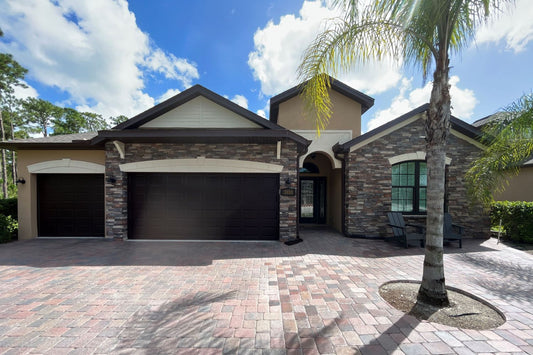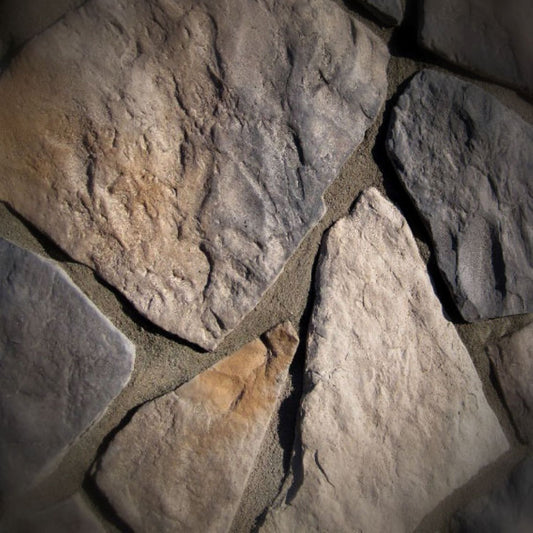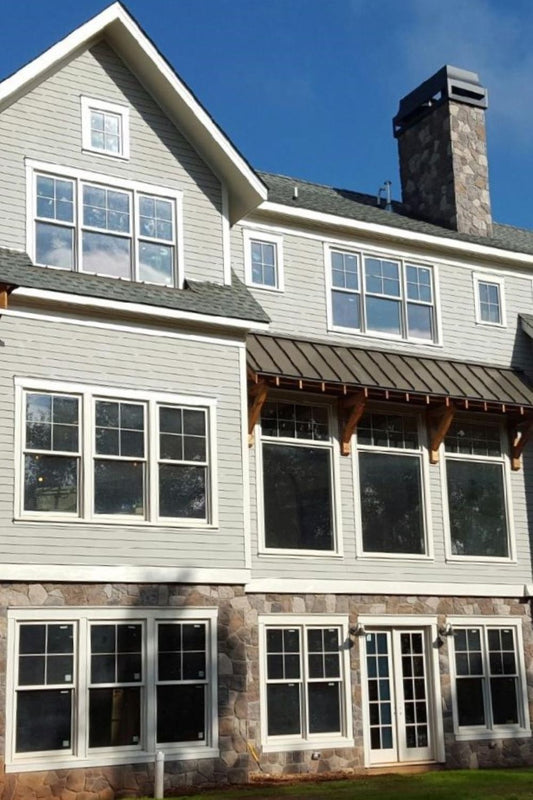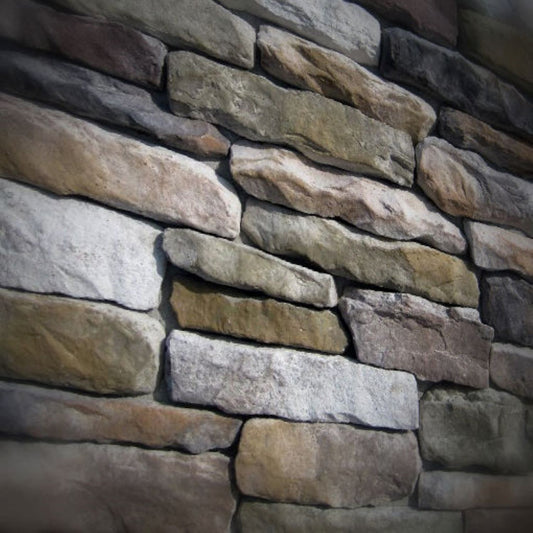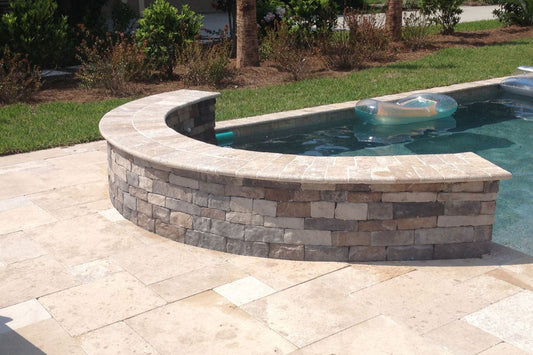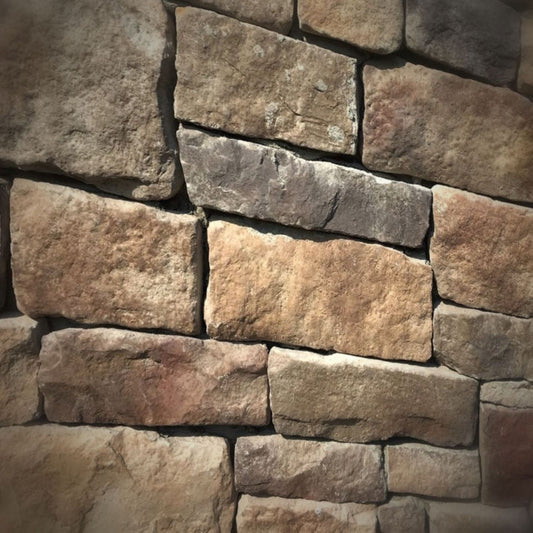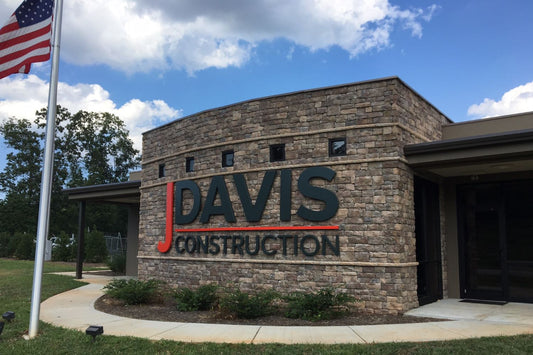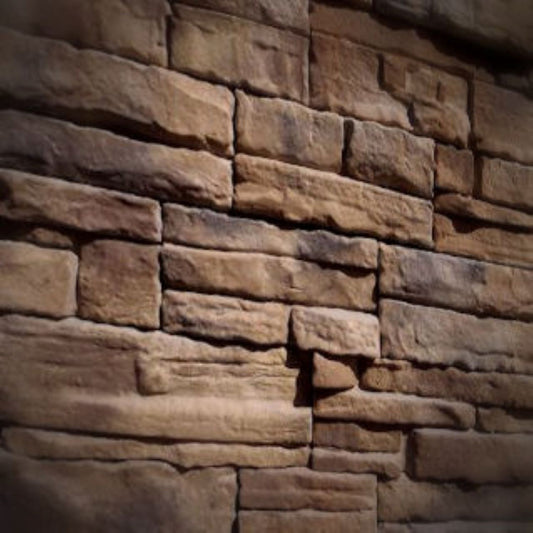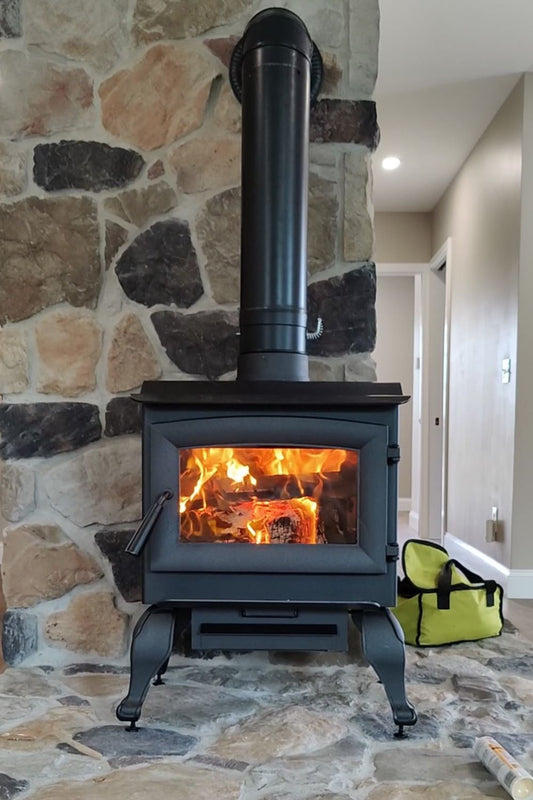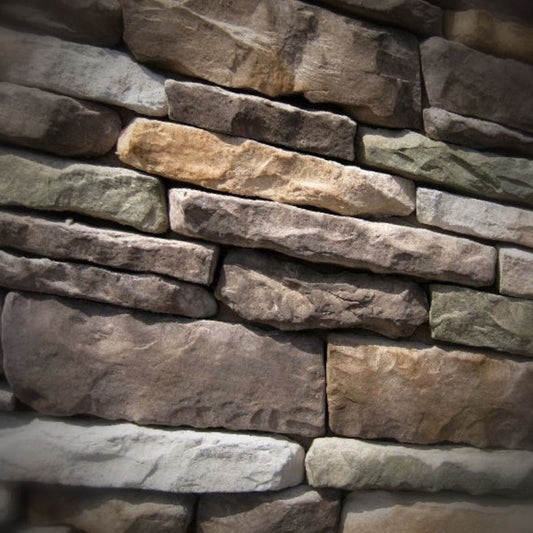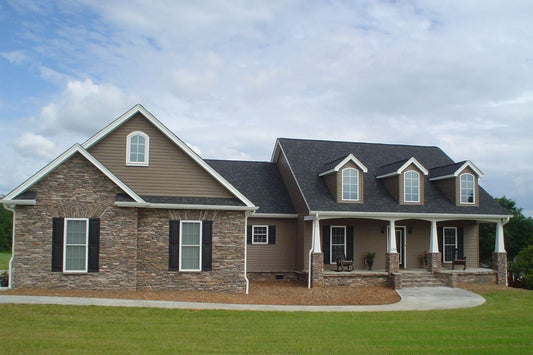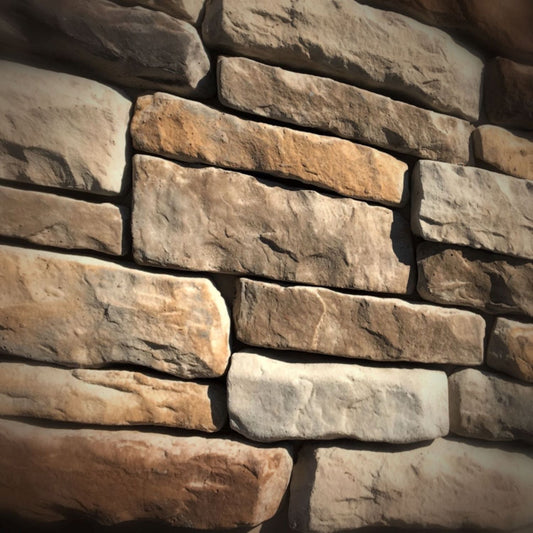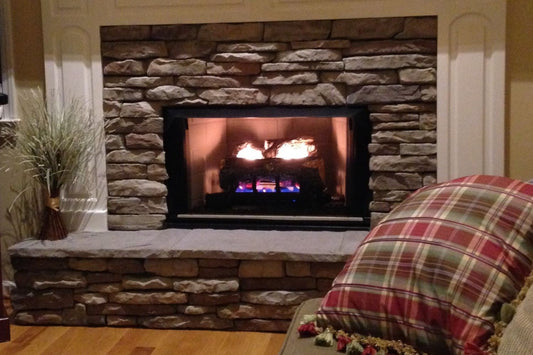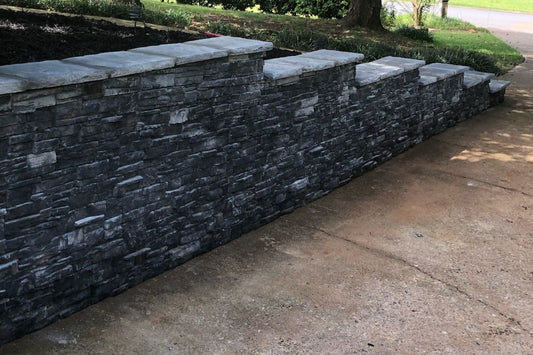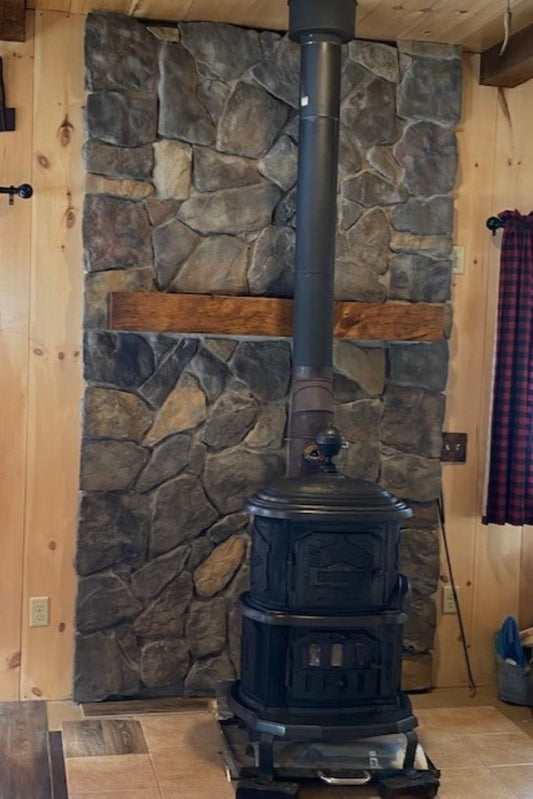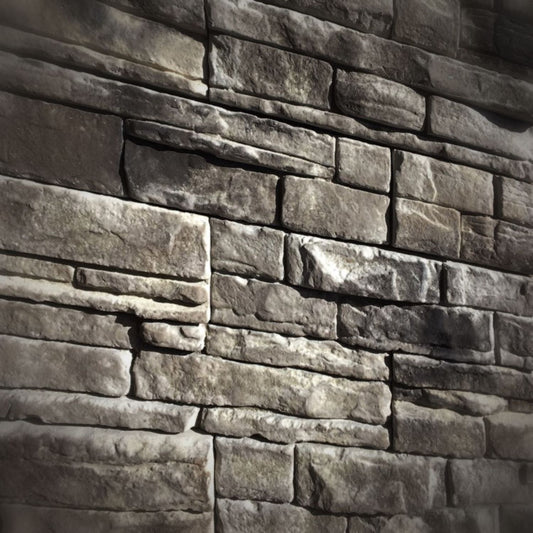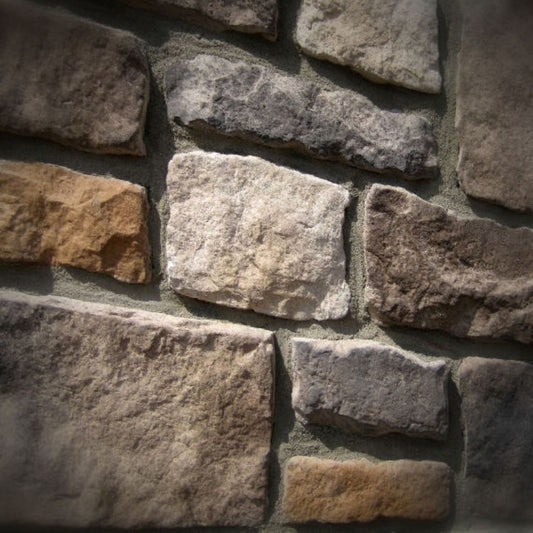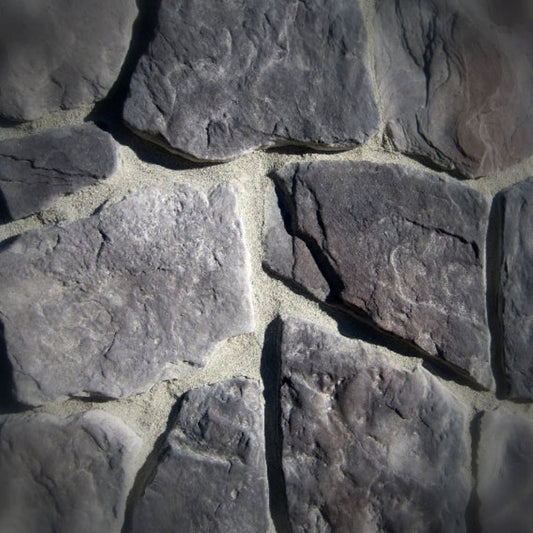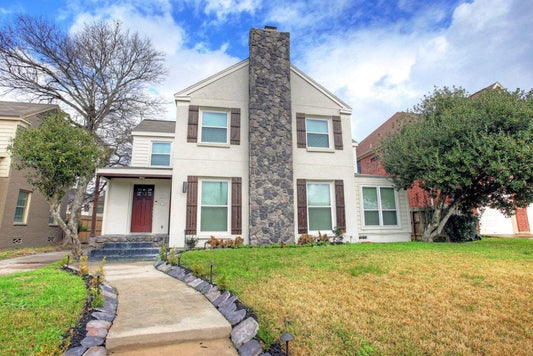
Can You Install Stone Veneer Over Brick?
Share
If you’re considering a home exterior upgrade, you might be wondering: can you install manufactured stone veneer over brick? The answer is yes! With proper preparation, brick provides a stable surface for stone veneer. Using metal lath and a scratch coat is required to ensure strong adhesion and a long-lasting installation. This approach allows homeowners to transform an existing exterior without removing the old brick, saving time and labor while achieving a stunning, high-end look.
Why install stone veneer over brick?
Installing manufactured stone veneer over brick offers several key benefits. It’s a cost-effective renovation since you can leave the existing brick in place, reducing labor and disposal costs. Stone veneer provides a quick transformation, instantly updating your home’s appearance, while the combination of brick, metal lath, and a scratch coat creates a durable, long-lasting surface. Its versatility allows it to be used on entire walls or as accents around entryways, chimneys, pillars, and more. With added texture, depth, and natural color variation, stone veneer enhances curb appeal and makes your home truly stand out.
Steps to install stone veneer over brick
1. Inspect the brick surface: make sure the brick is solid and free of crumbling mortar or loose bricks. Repair any damaged areas before installation.
2. Clean the surface: remove dirt, dust, and debris with a wire brush or power washer to ensure proper mortar adhesion.
3. Install metal lath: secure metal lath over the brick using corrosion-resistant fasteners. The lath provides a stable base for the scratch coat and stone veneer.
4. Apply a scratch coat: spread a layer of mortar over the metal lath and scratch it with a notched tool to create grooves. This helps the stone veneer adhere properly and ensures a durable installation.
5. Mix and apply mortar: always use Type S mortar for stone veneer. Spread mortar evenly on the back of each stone.
6. Place stone veneer: start at the bottom and work your way up, pressing stones firmly into the mortar. Use spacers if needed to maintain consistent joints.
7. Grout joints (if needed): some styles require grouting between stones. Follow manufacturer instructions for the desired look.
8. Seal the stone (optional): sealing can help protect against moisture and staining, especially in exterior areas exposed to the elements.
When to hire a professional
Hiring a pro ensures your stone veneer looks beautiful, lasts longer, and avoids costly mistakes. While some experienced DIYers can handle a stone veneer project, hiring a professional is recommended in certain situations:
1. Large walls or full exterior coverage: installing stone veneer on entire walls requires experience to ensure proper lath, scratch coat, and mortar application.
2. Uneven or damaged brick: professionals can repair and prep the surface correctly to prevent future adhesion issues.
3. Complex patterns or cuts: custom layouts or intricate designs are easier to execute with professional tools and skill.
4. Weather challenges: stone installation in extreme cold or wet conditions benefits from professional experience to avoid cracking or adhesion problems.
5. Warranty protection: some manufacturers’ warranties are only valid if installation is done by a certified professional.
Tips for a successful installation
To ensure a successful installation, always follow the stone veneer manufacturer’s guidelines and wear protective gear when cutting or handling the stone. Begin with a small test area to confirm proper adhesion, and keep the work area clean to prevent mortar stains and maintain a professional finish.
Frequently asked questions
1. Can stone veneer be installed on any type of brick? Most standard brick types can support stone veneer, but the surface must be solid.
2. Do I need to remove the old brick? No, brick can remain, but metal lath and a scratch coat are required to ensure proper adhesion.
3. How long does the installation take? Project duration depends on wall size and design complexity. Small accent areas may take a day; full walls may take several days.
4. Can I install manufactured stone veneer on painted brick? Painted brick requires extra preparation, such as sanding or applying a bonding agent, before attaching lath and scratch coat.
5. Is sealing stone veneer necessary after installation? Sealing is optional but recommended in areas exposed to moisture, heavy rainfall, or freeze/thaw cycles.
6. Will installing stone veneer over brick increase my home’s value? Yes. Stone veneer improves curb appeal and aesthetic appeal, making your home more attractive to buyers.
Can you install stone veneer over brick?
Using metal lath and a scratch coat is essential when installing manufactured stone veneer over brick. For large, complex, or high-stakes projects, hiring a professional ensures the job is done correctly and lasts for years. With proper preparation, the right materials, and careful installation, stone veneer can transform your home’s exterior and dramatically boost curb appeal.
You may also like
Installing stone veneer near the ground: A complete guide.
Common mistakes in stone veneer installation: Mistakes to watch out for.
Do you offer stone veneer installations? Here’s what to know.
What's next?
Enhance your home with premium stone veneer, featuring authentic texture and rich, natural colors. Order a sample to see it up close or shop now to start your timeless, durable project.
Have a question?
Please see our full terms of service.
For general information and questions please call: (864) 882-8960 Mon. - Fri. 8am - 5pm (EST) or email: info@mountainviewstone.net we are more than happy to help you.
Or you can submit your questions via our contact us page.
We look forward to working with you on your upcoming project.
The Black Bear Mountain Stone Team
Pictured is ledge stone ash.

